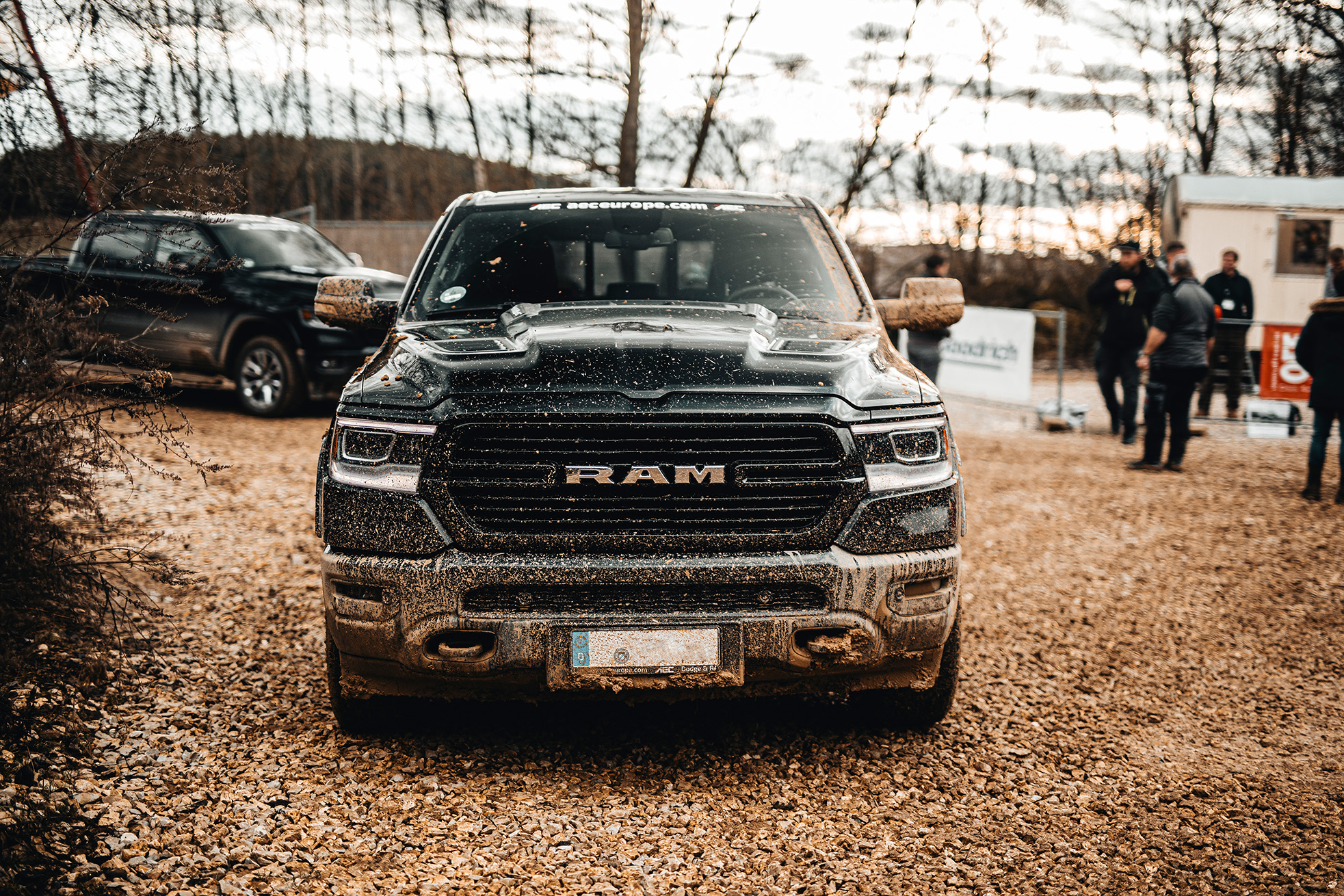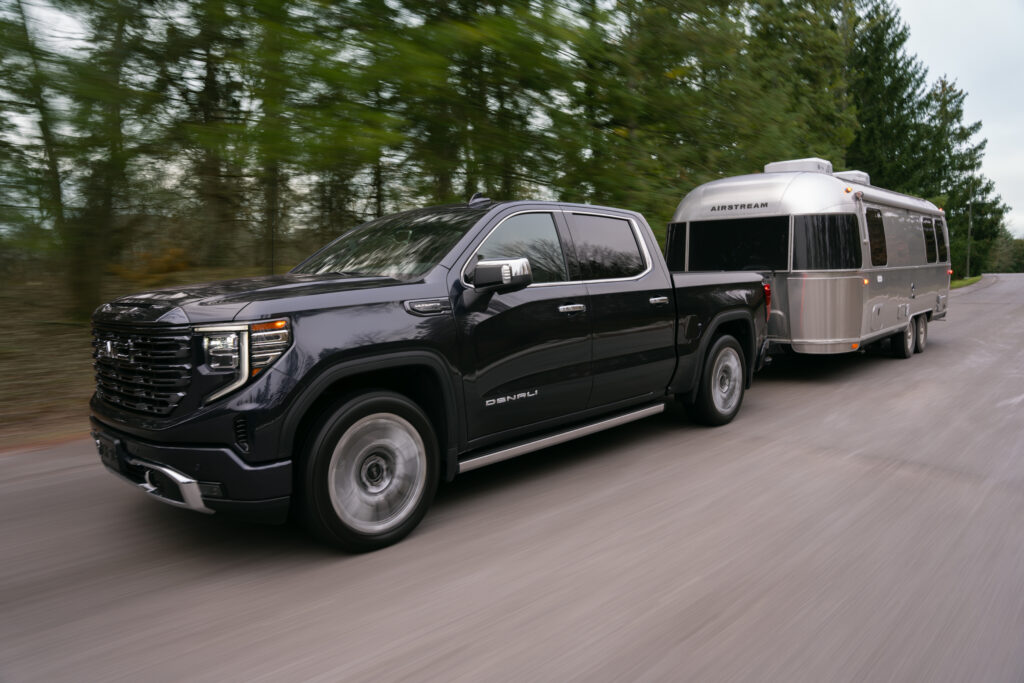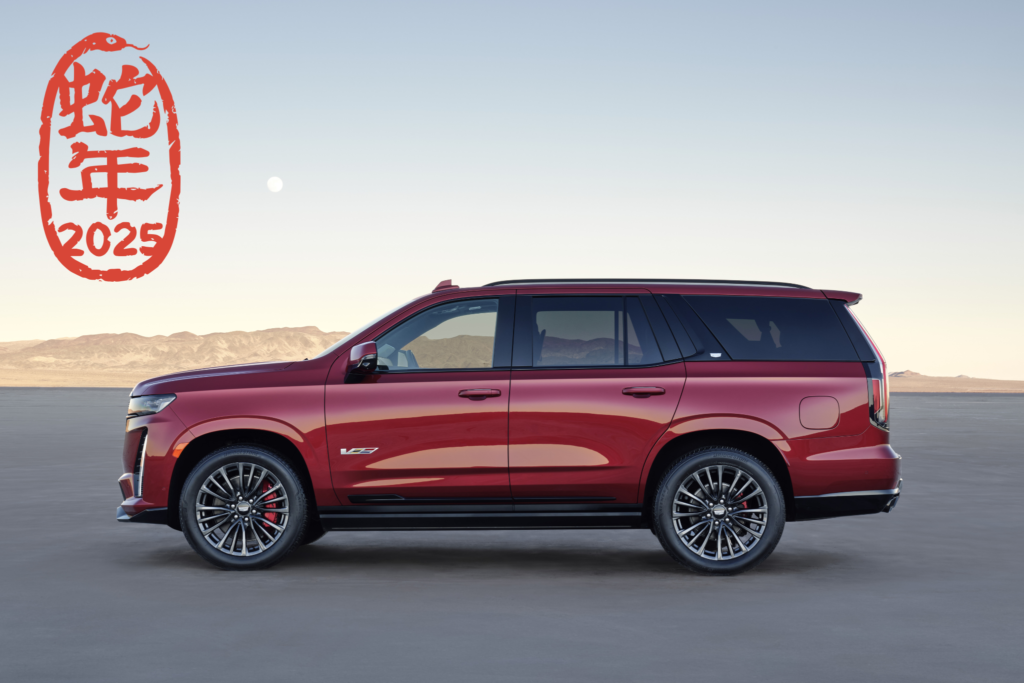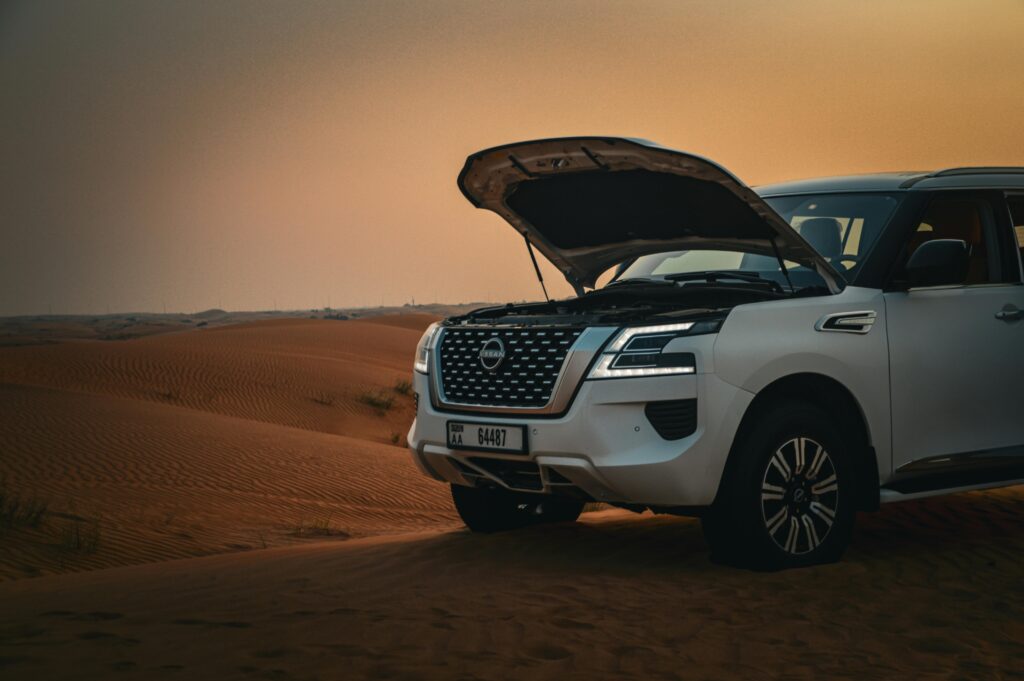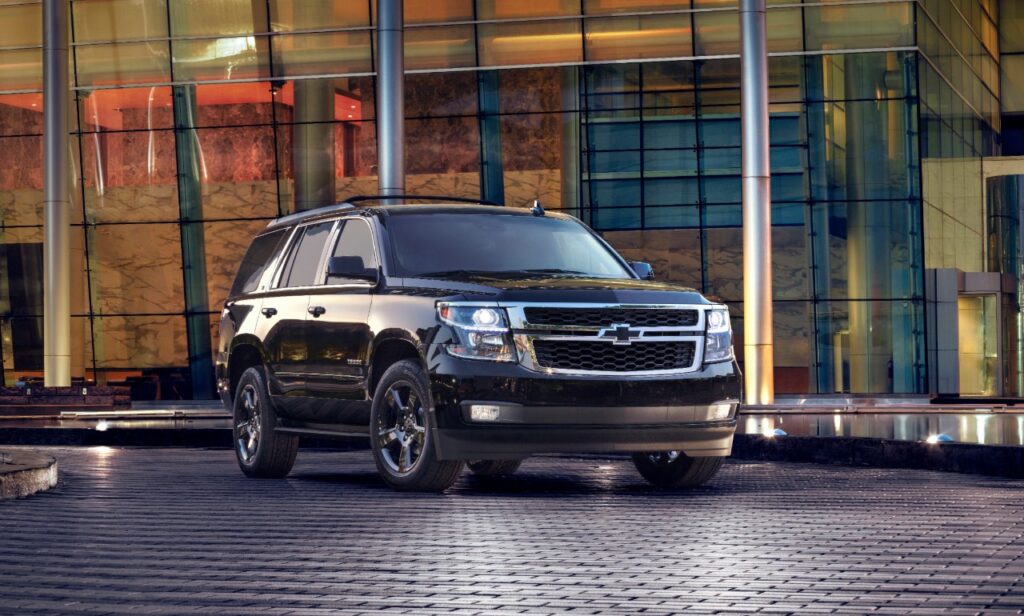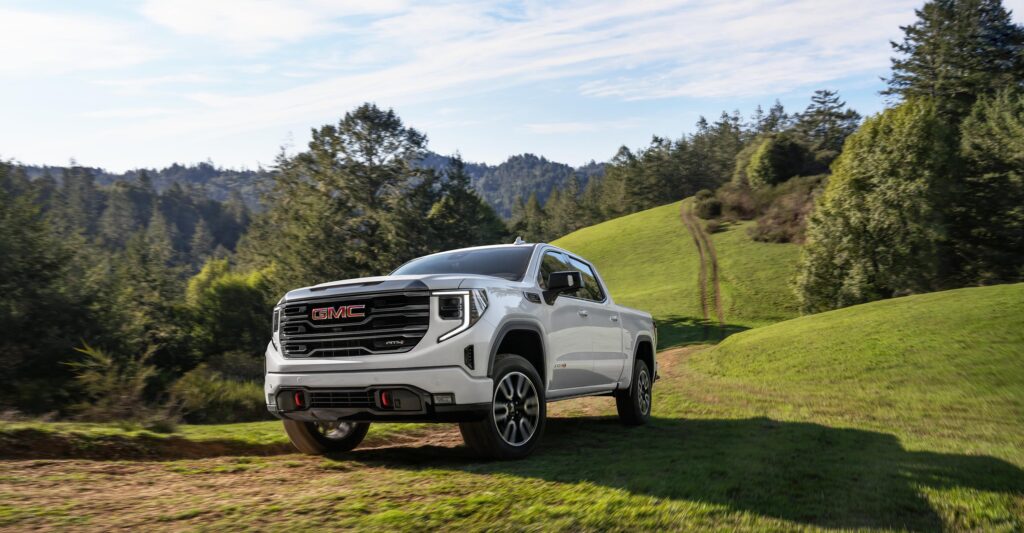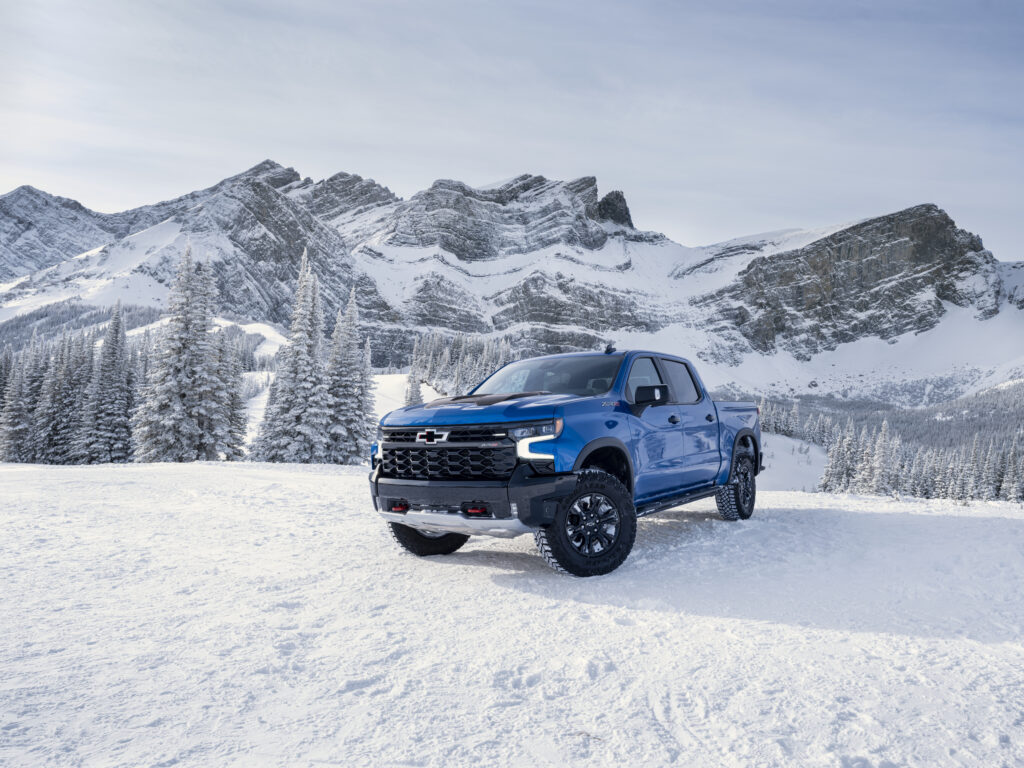At AEC, we offer a great variety of services. Every single one requires the right team of experts. Among all the disciplines from product planning, over warranty management, or parts logistics, we also offer PR services. Providing good automotive PR is not rocket science, but there are still many mistakes to be made. Here are five top tips that will help boost your PR.
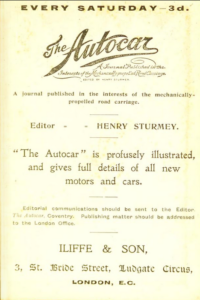
A little bit of history to start with
Before we dive into it, let’s start with a quick look at the past. In the early hours of the automobile, beginning in the late 1880s, the car was an outlandish, expensive, and sometimes even frightening thing. Popular? Not really. The earliest representations of cars in the media were either in context with the rich and famous that made it the conveyance of their choice or in the form of ads by the manufacturers themselves, claiming that their horseless carriage would be the least dangerous of them all and that it now came with oil lanterns if you decided to travel at night.
It was only around the beginning of the 19th century when the written road-test appeared around the debut of the first people’s cars like the Ford Model T. Many of them were very different from one another. Yet, no potential buyer had a lot of experience of what the right choice would be.
Enter automotive journalism. Authors – mostly western men – gave their personal opinions. They influenced the consumer’s behavior and, in turn, even the product itself. As this went on for decades, their significance grew further and further. Would you like an example of that?
Take the sporty car – not the sports car, but just the plain jane commuter that nowadays must look and feel like the fastest thing on the planet. In the early days of the automobile, people would prefer quietness, roominess, ease of use, or a soft ride over anything else. Today, some models sacrifice much of this in favor of a dynamic appeal. Yes – that’s what the customer wants. Nevertheless, you can pinpoint a particular time in automotive journalism (around the late 1970s) where authors would start to criticize that a family wagon had a cushy ride or that a van would handle like… well, a van. They would prefer sportier, less family-oriented, maybe even subjectively more “manly” models. Soon after, this reflected onto the market and ultimately onto the cars themselves – up to this day.
Since we’ve started to adopt social media or road tests on video, how we consume automotive media has changed, but the genre stayed mostly the same: Cars get tested – or at least judged – by more or less knowledgeable people.
So, what can an OEM do to improve their PR work in the Automotive sector? Here are five easy tips:
1. Locations don’t really matter.
For ages, media reps were flown to the prettiest and most luxurious locations around the globe. What would such a trip look like? You get up at 5 AM to go to the airport, and fly somewhere warm, so unsurprisingly, motor journalists in Europe know every inch of Barcelona airport. You’re then greeted with a briefing and immediately get the keys to a spotlessly prepared car. You then drive a pre-selected route. On the way, you have some pictures taken of you and the car. If you’re diligent, you stop somewhere, pull out a measuring device (that you had to explain to airport security) and start to analyze interior space. You then hurry to the expensive hotel, where there’s a press conference and a dinner that usually lasts until late at night while getting bombarded by marketing folks sitting close by. You then fall into your luxurious bed, get up again at 6 AM, do more driving, and get back to the airport.
Most of that is unnecessary. Safe time and resources and do your driving events somewhere central in your target market. Pick a location with realistic driving routes, or maybe even a racetrack that’s booked for the occasion. Most journalists will thank you.
2. Be clever with your budget.
Yes, press events and content production are expensive, but it doesn’t have to be overly crazy. There are reported cases where some pro-photographers were helicoptered to a Swiss Chalet where they would stand by, only for potential ad-hoc photo requests by journalists and then sent home afterward. Cars were dropped from planes with parachutes. There are influencers invited for high six-figure sums, just to make conversation. This is all nice and good but won’t necessarily really influence the representation of your car. Better provide some appropriate testing facilities instead.
3. elect media and influencers carefully.
The bandwidth from some reporters that are more interested in the hotel bar than anything else to influencers who are mainly focused on themselves is of course enormous – much to the irritation of everybody in-between who try to deliver decent coverage. Be selective on who you invite. You need good expert editors of reputable formats, just as much as you need YouTubers and Instagrammers that cater to the right audience and have a real relation to your vehicles. Regular hotel-loungers or hyper-fancy hipsters won’t get you far with your challenging real life paying customers.
4. Know your stuff.
Yes, PR people aren’t paid to be in-depth auto experts, but you’d be surprised by the questions and details that some journalists ask. Does the car come with wheels as standard? Is it also available in red? On what precise date will you offer an illuminated ashtray as an option? It’s alright to forward the tricky bits to your tech department, but a PR person should at least know their ABCs on pricing, performance, or measurements. It’s annoying for a journalist not to get the answers they’re looking for within a reasonable amount of time.
5. Be honest.
Media folks can smell typical marketing fluff from miles away. You don’t have to ramble on how the optional metallic paint job underlines the dynamic character of the optional alloy wheels, which in turn supports the customer’s active lifestyle. Stuff like that keeps the interested media crowd from the essence and makes you seem focused on the wrong things. If you are confronted with a potential flaw, say thank you, have an accurate response and forward the info to R&D. That piece of plastic feels cheap? Well, it saves a lot of weight and makes the car much less expensive – fair and square. There’s nothing wrong with that. If you are interested in building a relationship and spare them the fluff, if you are open and approachable for your media contacts, they will immediately respect you and your product even more.
